2023 Toyota Tacoma Review: Best seller, but not the best truck
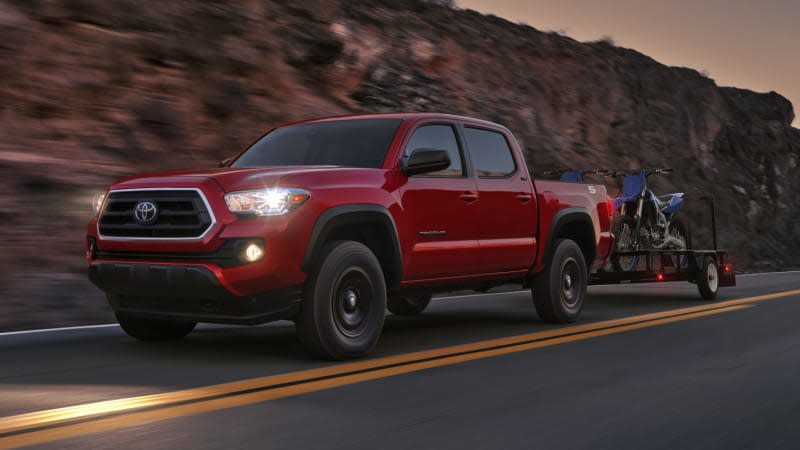
Pros: Rugged good exterior looks; historically good reliability and resale value
Cons: Cramped and uncomfortable inside; noisy, inefficient and unrefined; poor tech
It’s getting hard not to notice that the Toyota Tacoma hasn’t changed much in the last eight years. It was last redesigned for the 2016 model year, and even then, it was hardly a dramatic transformation. All of its competitors feature fresher designs and engineering, and put simply, it shows.
There are good reasons why the Toyota Tacoma is the sales leader despite its old age. It’s earned a well-deserved reputation for longevity and durability, a fact that helps the truck stay near the top of resale value charts year after year. It’s offered in several different styles, including a couple that are intended for off-road enthusiasts. And it’s ruggedly handsome, too.
Unfortunately, there are plenty of chinks in the Tacoma’s armor. For starters, its powertrain is thirstier and less powerful than many of its competitors. It doesn’t have class-leading specs anywhere, in fact, including for trucky things like towing and hauling. We said its interior looked dated a few years ago, and it hasn’t gotten any better since then. Neither has its interior space or odd seating position. It’s not exactly nimble, either. At least Toyota still offers a manual transmission on some trim levels, which we very much appreciate, but in total, the Tacoma needs to catch up with the times.
Interior & Technology | Passenger & Cargo Space | Performance & Fuel Economy
What it's like to drive | Pricing & Trim Levels | Crash Ratings & Safety Features
What’s new for 2023?
Toyota mixed up the paint and options packages for 2023, and that’s about it. Buyers can choose a blacked-out SX package on either the SR or SR5 models, adding chunky black fender flares and wheels. A Chrome package for the SR5 Double Cab marries chrome wheels with bright, shiny exterior accents. All V6-powered Tacomas get dual-zone climate control standard, V6-powered SR5s get smart keys and there are some additional things like power seats and an upgraded 8.0-inch touchscreen on Limited trucks.
Past that, the TRD Sport is now offered in searing Electric Lime paint, while this year’s special TRD Pro color is the orangey red Solar Octane.
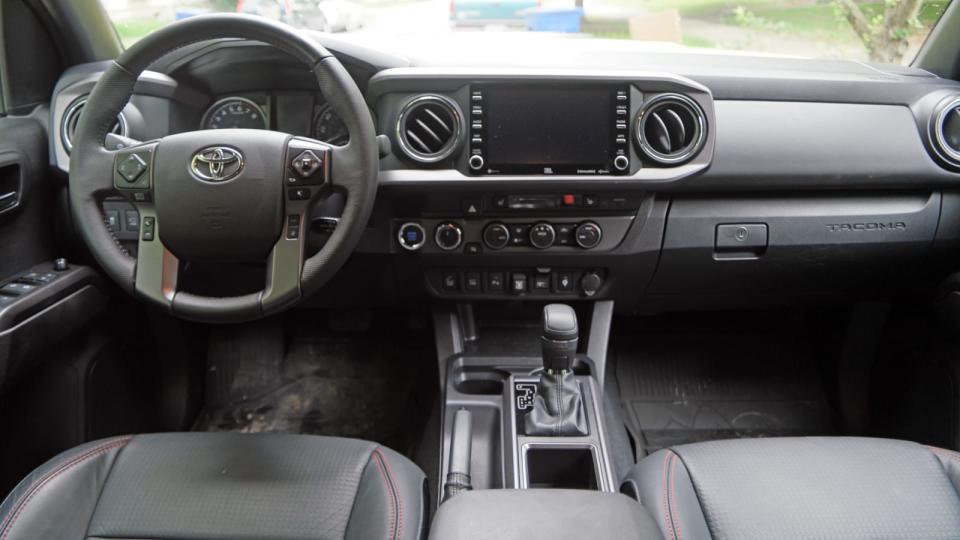
What are the Tacoma’s interior and in-car technology like?
Well, there’s not a lot of tech there to talk about. Unlike the larger Tundra, the Tacoma has not received Toyota’s latest infotainment system. Midsize trucks are not known for being luxury cruisers, and the Tacoma, perhaps more than most in the segment, has a cabin that sticks to its functional, somewhat spartan roots.
While higher-trim Tacomas offer plenty of features, they’re packaged into an interior that leans hard into the truck's rugged, off-road focus. There are some soft-touch materials; everything is screwed together well and the power-adjustable driver seat corrects the awkwardly low driving position that still remains in Tacoma trims without it. Nevertheless, there’s no mistaking the back-to-basics feel. This is especially true when compared to a few of its rivals, like the newly redesigned Nissan Frontier. Note that the Chevy Colorado and GMC Canyon are new for the 2023 model year and look very nice inside, but we’ve yet to test them.
This is perhaps most noticeable when you look at the steering wheel, which boasts large buttons reminiscent of an off-brand video game controller. This theme extends to other interior switchgear, all of which looks and feels robust, but does not impress when it comes to material choices or design sophistication. It’s chunky, blocky and simple, perhaps exactly what truck buyers in this segment want.
The infotainment system works well enough, but doesn’t do much beyond provide the fundamentals. Android Auto and Apple CarPlay are fortunately included, and they dress up an otherwise drab — but functional — multimedia interface. Toyota’s graphics remain pretty tired, but at least they’re simple and functional.
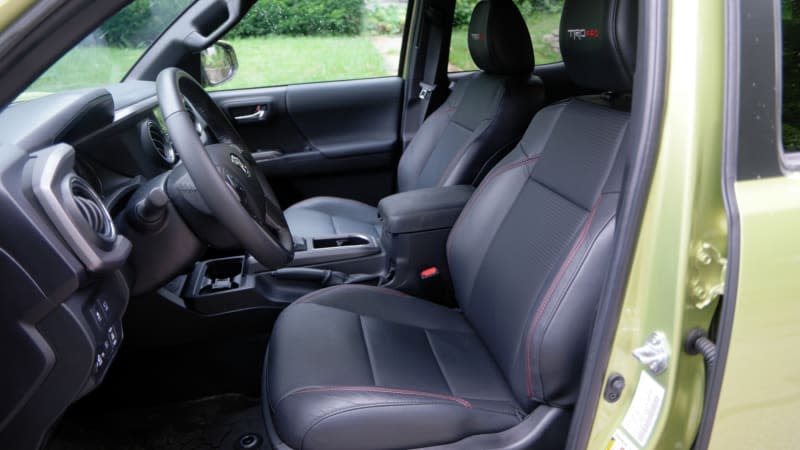
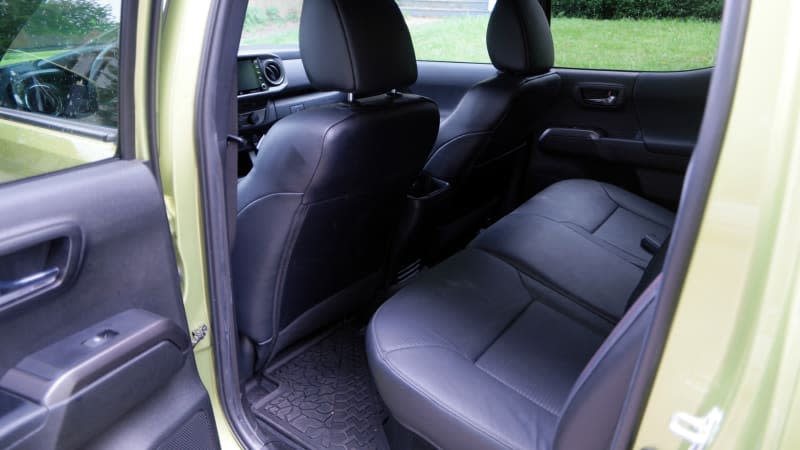
How big is the Tacoma?
The Tacoma follows the basic footprint of the midsize truck segment. Access Cab models are fitted with a 6-foot bed, but the Double Cabs can be paired to either a 5-footer or the 6-foot one that's known as the long bed. A pair of key rivals, the Ford Ranger SuperCrew and Jeep Gladiator, don't offer a long-bed/crew-cab combo. Both beds are just 41.5 inches wide at the wheel wells, so they won’t fit 4x6 piece of plywood lying flat. The Tacoma's overall length is similar to that of its rivals. For what it’s worth, only the smaller 5-foot bed can be paired with the manual transmission.
Inside, you'll find unusually low-mounted seats. Specifically, the driver seat doesn't have standard height-adjustment and the resulting splayed legged seating position drew constant complaints during our most recent midsize truck comparison. At least higher-trim models now get the "luxury" of a power-adjustable driver seat, but headroom and visibility in the short cab can still be an issue.
The Tacoma Access Cab model doesn't realistically offer enough space in the back seat for adults to travel in any semblance of comfort (and you really shouldn't put children back there, either). However, that's typical for the segment. The real point of comparison, then, is the Double Cab. Though it adds a whopping 8 inches of legroom compared to the Access Cab, it's considerably less spacious and comfortable back there than the Ranger, Gladiator, Colorado/Canyon twins and the Honda Ridgeline. If you're looking for a family-friendly midsize truck, this isn't it.
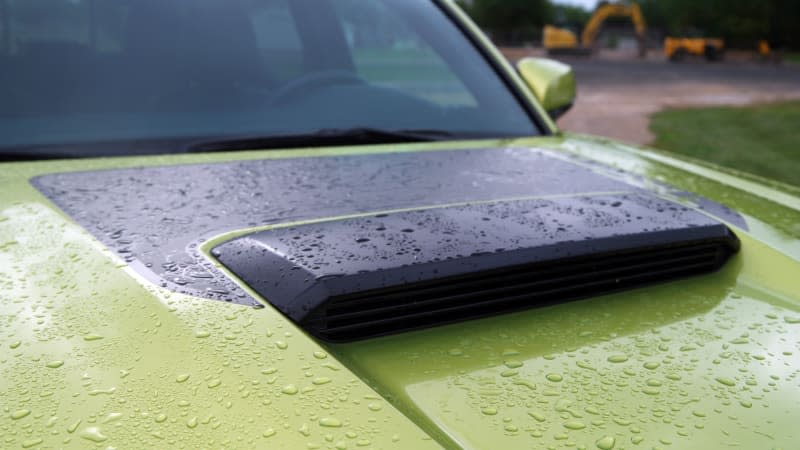
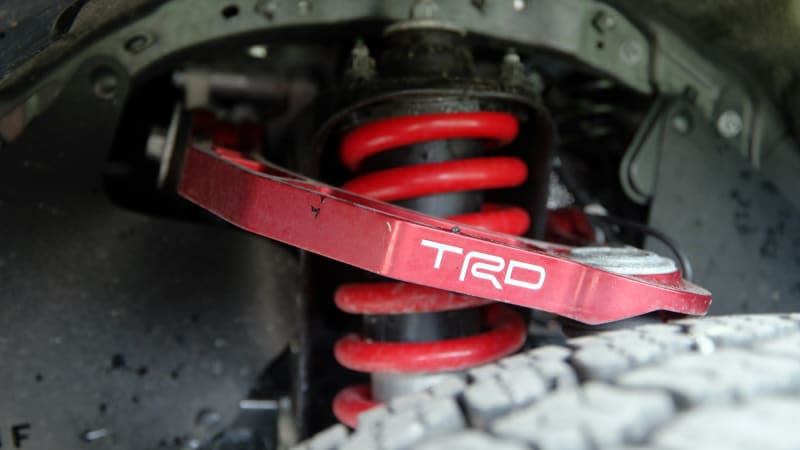
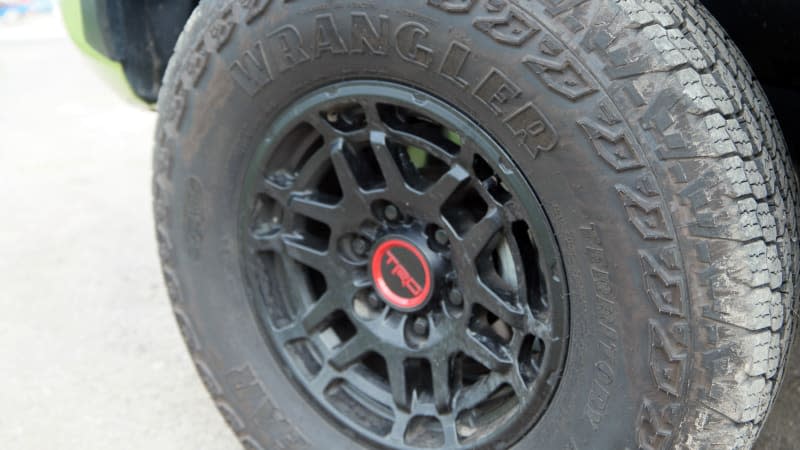
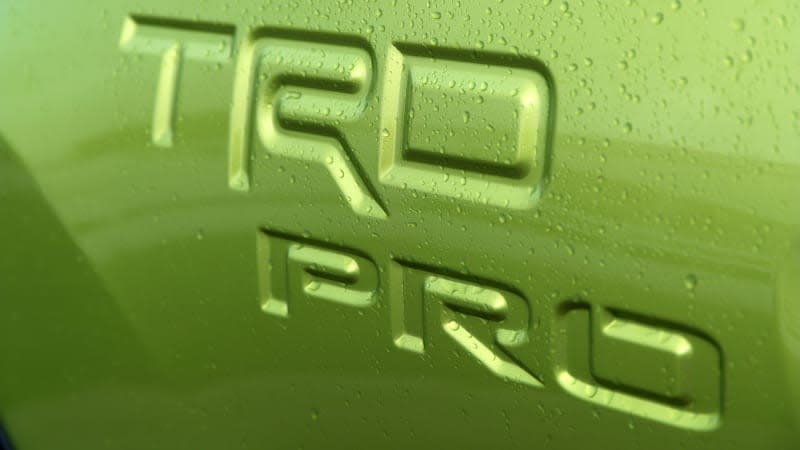
What are the Tacoma fuel economy, performance, towing and payload specs?
Toyota offers two engines in the Tacoma. The base engine is a 2.7-liter inline-four producing 159 horsepower and 180 pound-feet of torque. The Tacoma’s competitors don't offer such a low-power base four-cylinder. Fuel economy ratings haven’t been released for 2023 yet, but since nothing has changed, we expect nearly identical numbers from 2022. That puts the four-cylinder at 20 mpg city, 23 mpg highway and 21 mpg combined with rear-wheel drive (4x2) and 19/22/20 with four-wheel drive (4x4). A six-speed automatic is standard with the base engine.
The upgrade is a 3.5L V6 that makes a much healthier 278 hp and 265 lb-ft of torque. The six is also one of the weaker offerings in the segment, but not by an insurmountable amount. Despite the wide gap in power, there’s not much difference in fuel economy between the upgrade V6 and base inline-four. When equipped with the standard six-speed automatic, the V6 returns 19/24/21 with 4x2 and 18/22/20 with 4x4. The TRD Off Road and TRD Pro can be equipped with an optional six-speed manual that returns 17/20/18.
In its most towing-friendly configuration (V6, 4x2, Towing Prep package), the Tacoma maxes out at 6,800 pounds of trailering. Its GM, Ford and Jeep competition typically offers around 7,500 pounds or more, but the Honda Ridgeline lags behind the Tacoma at 5,000 pounds. The Nissan Frontier is just barely outpaced by the Tacoma at 6,720 pounds.

 Yahoo Autos
Yahoo Autos 
